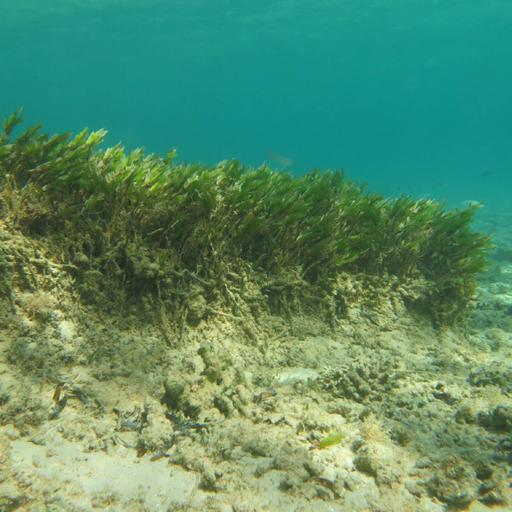Coastal and Marine Ecosystem
Presentations | English
Let's elaborate on Marine and Coastal Ecosystems. The coastal and marine environment is a major provider of goods and services, such as food, fossil fuels, construction materials, transport, and recreation. Coastal ecosystems are the unique habitats formed by plants and other organisms that can thrive at the borders between ocean and land, where they must live in saltwater and changing tides. Three types of coastal ecosystems — mangroves, seagrasses, and tidal marshes — store half the “blue” carbon buried beneath the ocean floor. Marine ecosystems are aquatic environments with high levels of dissolved salt. Marine ecosystems include the abyssal plain (areas like deep-sea coral, whale falls, and brine pools), polar regions such as the Antarctic and Arctic, coral reefs, the deep sea (such as the community found in the abyssal water column), hydrothermal vents, kelp forests, mangroves, the open ocean, and rocky shores. Reduce your plastic consumption, Make informed seafood choices, Dispose of the chemicals properly, Support organizations that work to protect oceans, Support organizations that work to protect oceans, and keep your water bodies clean.

14.00
Lumens
PPTX (56 Slides)
Coastal and Marine Ecosystem
Presentations | English
